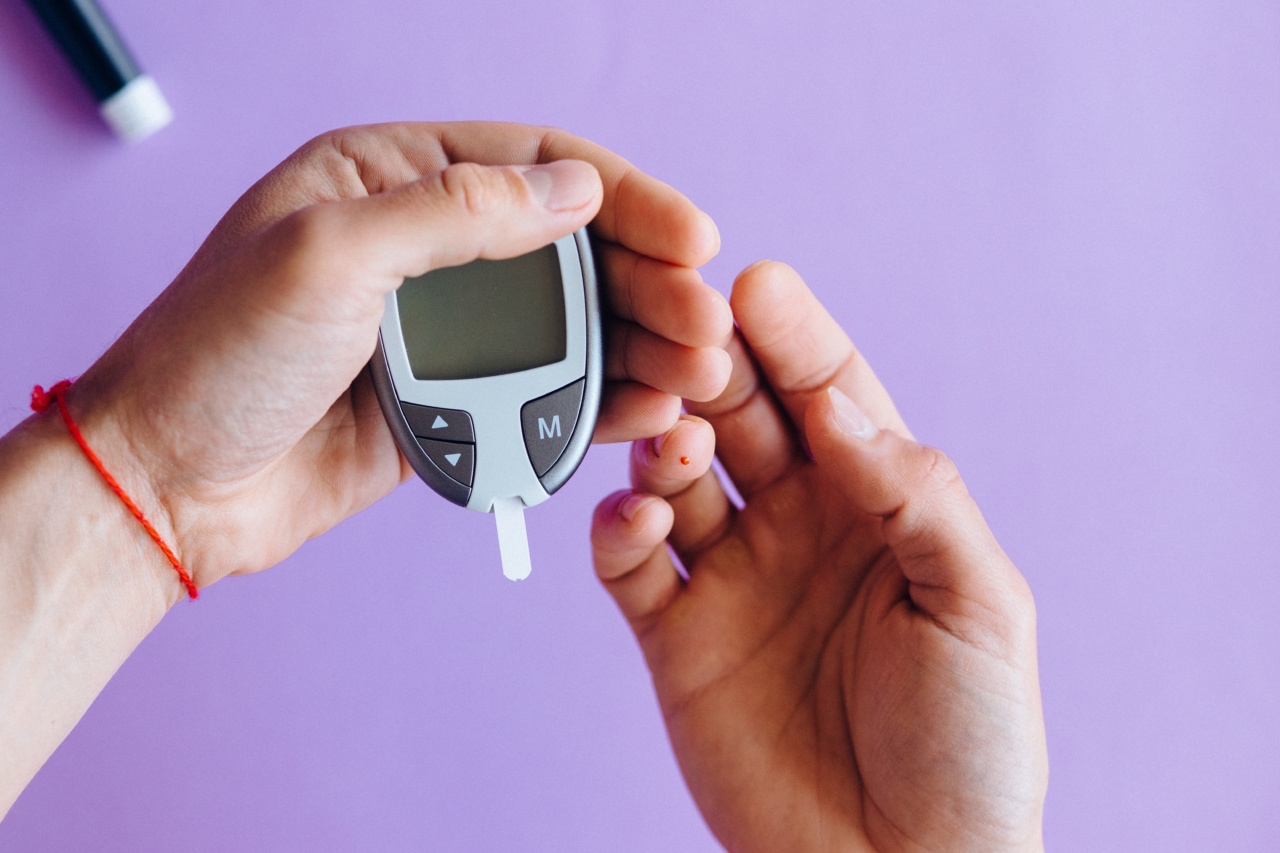The diagnosis of liver cancer in its early stages is incredibly difficult. It’s often asymptomatic and has few diagnostic markers. However, this could all be set to change.
Scientists have recently developed a groundbreaking blood test that can detect liver cancer in its earliest stages, with incredible accuracy rates.
The Need for an Early Detection Test for Liver Cancer
According to the American Cancer Society, liver cancer is currently the fifth most common form of cancer worldwide. It’s an incredibly aggressive form of cancer that often results in death within one year if not detected and treated early.
Early treatment, i.e., when the tumor is less than 5 cm, can result in a much higher survival rate.
As liver cancer growth is primarily asymptomatic, it’s often diagnosed in the later stages of the disease. In addition, rising liver cancer rates have been noticed in the US in recent years, adding to the urgency for improved detection methods.
Estimates from the National Cancer Institute reveal that more than 42,000 people in the US were diagnosed with liver cancer and more than 30,000 people unfortunately passed away from liver cancer in 2020.
The Development of the Blood Test
The study, which was led by researchers at the University of California, San Diego, and published in the journal Proceedings of the National Academy of Sciences, examined the levels of circulating tumor DNA (ctDNA) in the blood of more than 400 participants. This was then used to develop a noninvasive blood test that can detect liver cancer in its earliest stages.
During the study, blood samples were taken from 100 patients suffering from early-stage hepatocellular carcinoma (HCC) and 221 control participants.
The blood samples were then examined to determine their cancer status, in comparison to traditional methods such as CT scans and MRIs.
The results were incredibly promising. The study found that the blood test had a sensitivity of 90% and a specificity of 94% when detecting early-stage liver cancer. This was when it was compared to conventional methods such as CT scans and MRIs.
How the Test Works
The blood test works by detecting the levels of ctDNA in a patient’s bloodstream. CtDNA is essentially fragments of DNA that are released into a person’s blood when cancer cells multiply and die.
As such, the presence of ctDNA in a person’s blood is a clear sign that they may be suffering from cancer.
The test works by taking a simple blood sample and analyzing it for the presence of ctDNA. If it detects high levels of ctDNA in the sample, it is an indication that the patient may be developing cancer.
From there, further testing, including MRIs and CT scans, can confirm the presence of cancer in the liver.
The Benefits of the Test
The benefits of this new blood test are numerous. Firstly, it’s noninvasive. This means that patients will no longer have to undergo biopsies or other invasive tests to detect liver cancer.
Secondly, the blood test has a much higher accuracy rate than traditional methods such as CT scans or MRIs. Traditional imaging methods are often unable to detect small tumors or tumors in hard-to-reach areas of the liver.
This means that many patients may go undiagnosed until the cancer has progressed further. With this new blood test, patients can be diagnosed earlier, before the cancer has had a chance to spread throughout the liver or beyond.
Finally, early detection of liver cancer increases the chances of successful treatment and a better prognosis for the patient. The earlier the cancer is detected, the earlier treatment can be started, and the more successful that treatment can be.
The Future of Early Cancer Detection
The development of this new blood test is incredibly exciting. It marks a significant milestone in the fight against liver cancer and cancer as a whole.
With this test, patients will have access to an accurate and noninvasive method of detecting liver cancer in its earliest stages.
The development of this blood test is also a sign of the growing importance of early cancer detection. As our understanding of cancer and its progression grows, early detection methods will become increasingly important.
With early detection, patients can receive successful treatment early on, resulting in a higher survival rate and a better overall prognosis.
Conclusion
The development of this groundbreaking blood test is a crucial step forward in the fight against liver cancer.
With its noninvasive nature and high accuracy rate, it has the potential to save countless lives by detecting liver cancer in its earliest stages. Early detection means early treatment, and with early treatment comes a higher chance of survival. We can only hope that this is just the beginning and that similar breakthroughs in early cancer detection will continue to emerge in the years to come.





























